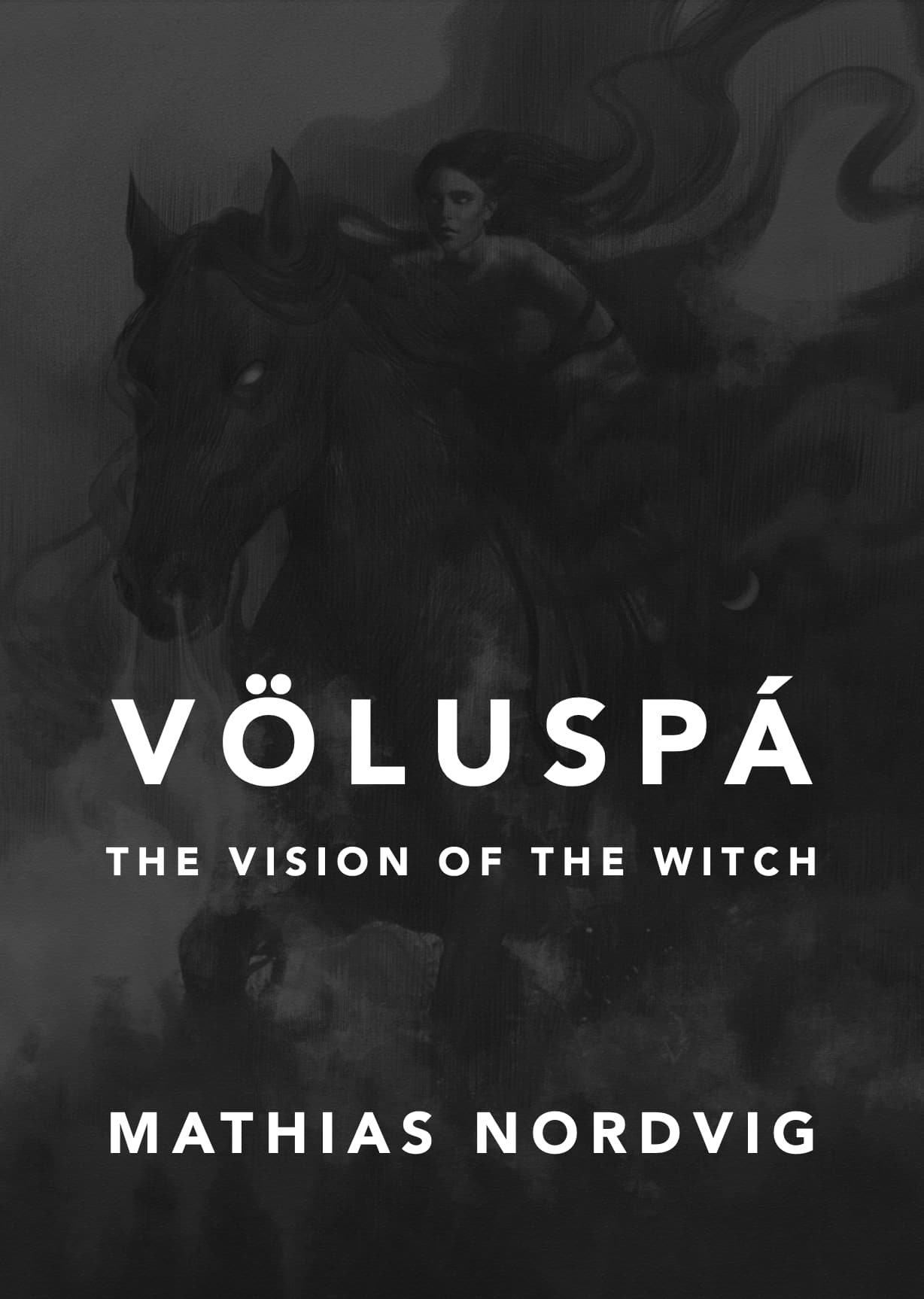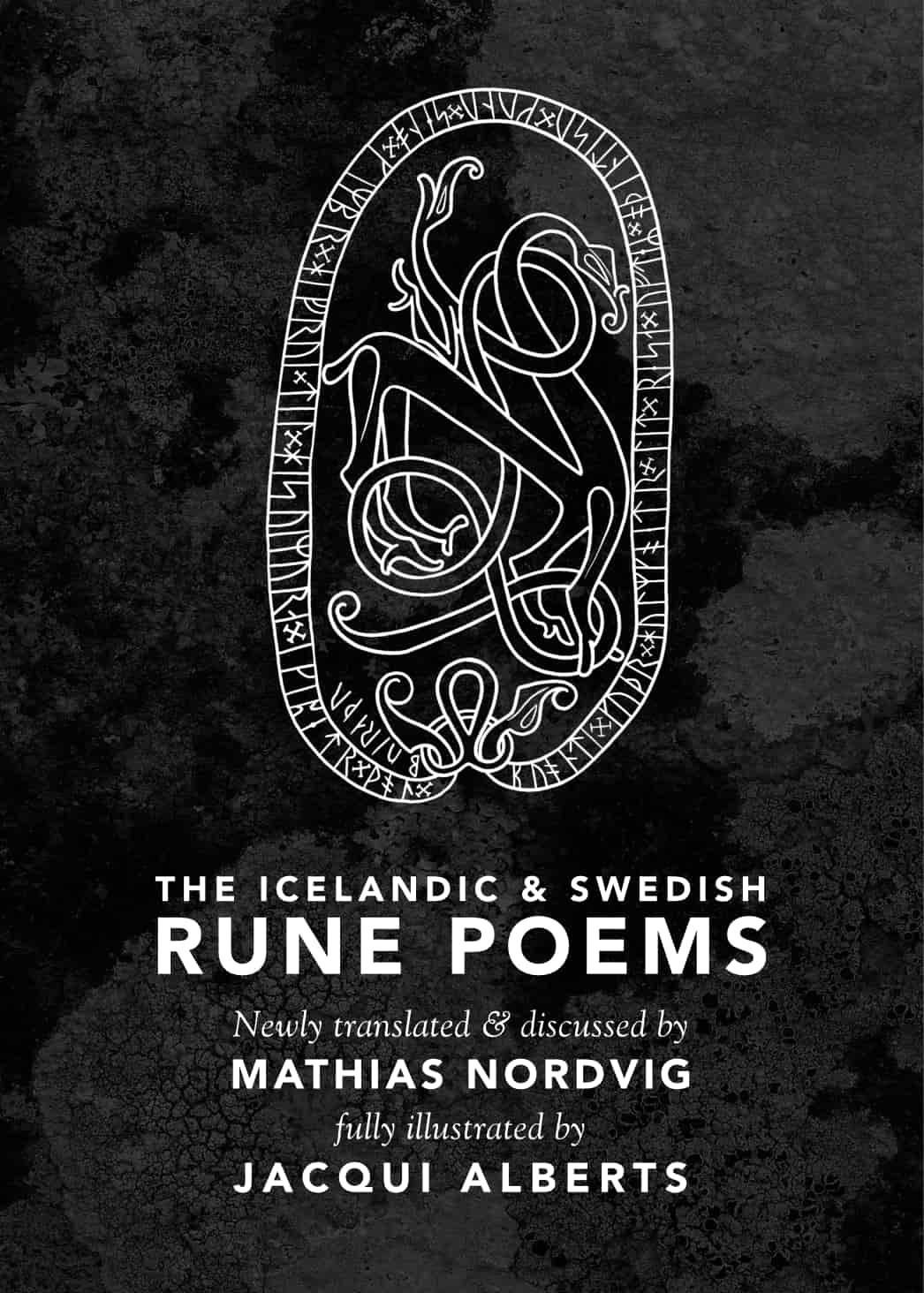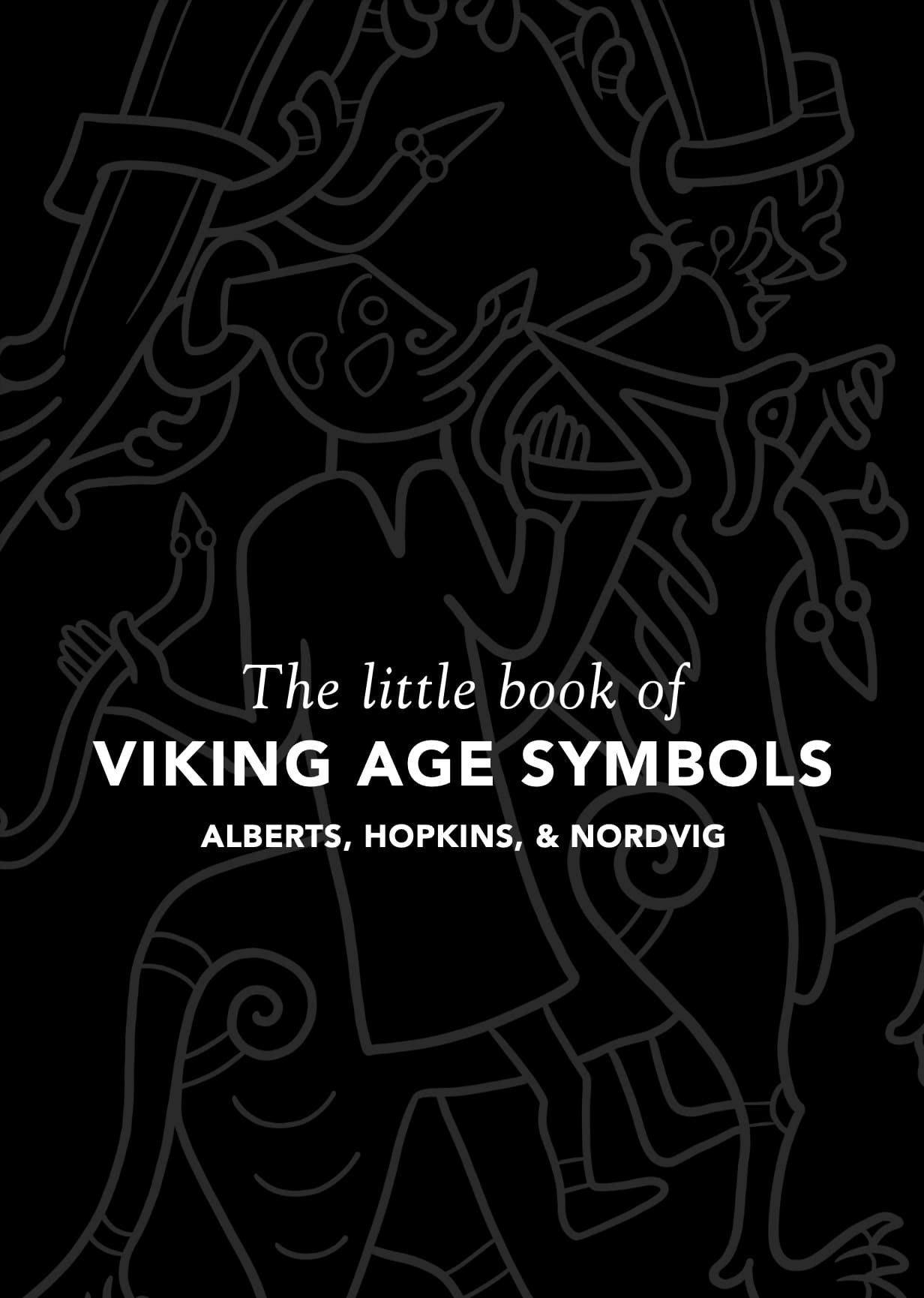The Elder Futhark:
A Quick Guide to the Oldest RUnes
by Mathias Nordvig
(University of Colorado Boulder)
with art by Jacqui Alberts (Wovnwyrm) & edited by Joseph S Hopkins (Mimisbrunnr.info, Hyldyr)
March 2024 for Hyldyr
The Kylver Rune Stone, from the 400s, featuring an early complete FUTHARK sequence, followed by what appears to be a bindrune of t-runes, and the mystery inscription SUEUS
Runes are the native script of speakers of ancient Germanic languages, a family of languages that includes English, German, Danish, Icelandic, Dutch, Gothic, Yiddish, and many others. The first runic inscriptions appear on record around the first century CE. The oldest form of the runes is today typically referred to as the Elder Futhark. (If you’re new to the formal study of runes, runology, here’s a great introduction from the celebrated runologist Klaus Düwel (2004) and another from the excellent runologist Tineke Looijenga (2020).)
Just like English’s contemporary Latin-derived alphabet, runes represent phonemes, sounds, and stringing them together yields words and sentences. However, unlike the archaic Greek scripts (the most recent identifiable ancestor of the runic script), each rune had a name meaningful to early Germanic-speaking society. In turn, as we see on runic inscriptions like the Stentoften runestone (Denmark) and later on for example on Old English and Old Icelandic manuscripts, runes not only represented a sound but also were at times used to stand in for their names (Begriffsrunen ‘ideograph runes’). We know these names primarily (but not entirely) from several rune poem specimens, alliterative verse compositions creatively focused on the runes and their names. It is from my translations of these poems published by Hyldr that this supplement derives (see The Icelandic & Swedish Rune Poems, 2023, and The Danish & Norwegian Rune Poems, 2024).
The matter of the early rune names has long been a major point of interest for runologists, as has the unique order of the runes, which we see in not only the rune poems but also on inscriptions. Unlike most other scripts descending from archaic Greek scripts, the runes have a particular order known as the FUTHARK. This strange-looking name comes from its first six letters (the voiced fricative phoneme represented in English as TH is represented by a single rune).
The initial FUTHARK order more or less stays with the script up until this very day, a period of over 2,000 years. We’ve based the order of the Elder Futhark sequence below on an Elder Futhark inscription found on what we know today as the KylverRunestone (above). Dating to the 400s and found on the island of Gotland in Sweden, this runestone features a FUTHARK sequence containing all 24 Elder Futhark runes. It reads as follows:
futharkgwhnijpïzstbemlŋdo
The inscriber follows this with a tree-like symbol that seems be a bindrune of repeated t-runes. Similar bindrune-like, tree-like symbols are found as a part of some other inscriptions, like the Seeland II-C bracteate (Denmark) and the Malt runestone (Denmark). In addition to the FUTHARK sequence and the tree-like symbol is an inscription reading sueus, a palindrome of unknown meaning. Interestingly, the stone was found face-down on a grave.
The Vadstena C-braceate (below) from around the same time and also from Sweden shows a slight difference in order when compared to the Kylver inscription above: the two the o-rune and d-rune have swapped placed. Notably, it also divides them with colons into three sections of eight:
futharkgw : hnijïpzs : tbemlŋod
These divisions are known today as the ættir (Old Norse ‘families’, singular ætt). The number three has a particular emphasis in later Germanic-speaking cultures, such as among speakers of Old English and Old Norse, and especially when it is multiplied by itself, producing the important number nine (for more on this see for example discussion from Hopkins (2020) here).
All of the below rune names are in Proto-Germanic, the (mostly reconstructed) ancestor of all Germanic languages. The asterisk (*) indicates that a word is not directly attested but has instead been reconstructed based on its descendants, a process known among historical linguists as the comparative method. Some of these reconstructions are therefore on firmer grounds than others, dependent entirely on the quantity and quality of the data from which the reconstruction is based.
Likely worn as an amulet around 500 CE and found in Sweden, the Vadstena C-bracteate features a complete FUTHARK inscription divide into three sections (ættir). The imagery on this type of bracteate is frequently interpreted as related to the god Odin, potentially depicting him with horse and raven.
Table of Runes
1. f: *fehu2. u: *ūruz3. th: *þurisaz4. a: *ansuz5. r: *raiðō6. k: *kaunan7. g: *gebō8. w: *wunjo9. h: *haglaz, *haglan10. n: *nauðiz11. i: *īsaz, *īsan12. j: *jēran13. p: *perþō14. ï: *ïwaz15. -z: *algiz16. s: *sōwilō17. t: *tīwaz18. b: *berkanan, *berka, *birkjon19. m: *mannaz20. e: *ehwaz21. ng: *ingwaz22. l: *laguz23. o: *ōþalan, *ōþilan24. d: *dagaz1.
*fehu
————–
‘cattle, wealth’
————–
Icelandic, fé. Norwegian, fe. Swedish, fä. Danish, fæ. Old Nordic, fé. Old English, feo(h). Old Frisian, fīā. Old Saxon, fehu/feho. Old High German, fihu/fiho. Gothic, faihu. Latin, pecus.
2.
*ūruz
————–
‘auruchs’
————–
Referring to the extinct wild ox, this word is itself later extinct in northern and western Germanic. Interestingly, it occurs in northern Germanic in the meaning ‘drizzle, humidity, and snowy weather.’ In Orkney and Shetland Norn, the word meant ‘water in the bottom of a boat.’ Icelandic, úr. Norwegian, ur/yr. Swedish, ur. Danish, ur. Orkney Norn, ūr. Shetland Norn, urek. Old Nordic, úr. Old English, ūr. Old Frisian, oxa. Old High German, ohso/ūrohso. Gothic, aūhsa. Latin, ūrus (a loan from Germanic).
3.
*þurisaz
————–
‘a thurs, a type of malicious being’
————–
Icelandic, þurs. Norwegian, tusse. Swedish, tusse/tuss. Danish, tosse. Faroese, tussi. Old Nordic, þurs. Old English, þyrs. There is a second naming tradition for this rune. The Old English and continental name is ðorn (‘thorn’): Modern English, thorn. Old English, ðorn. Icelandic, þorn. Norwegian, Swedish, Danish, torn. Old Nordic, þorn. Old Frisian, thorn. Old Saxon, thorn. Old High German, dorn. Gothic, þaurnus.
4.
*ansuz
————–
‘a god (*ansuz)’
————–
Icelandic, áss. Norwegian, ås/as. Swedish, ås/as. Danish, ås/as. Old Nordic, áss/ǫss. Old English, ōs. Old Saxon, ás. Old High German, ansi-/ans-. The name of the rune changes in later periods to mean ‘river mouth’. Icelandic, ós. Norwegian, Swedish, Danish, os. Shetland Norn, ossa-. Hebrides Norn, oss. Old English, ōs (‘source’)/ōra (‘end, border’). Latin, ōs/ōra/ōstium.
5.
*raiðō
————–
‘riding, journey’
————–
Icelandic, reið. Norwegian, rei/reid. Swedish, red. Danish, red. Old Nordic, reið. Modern English, road. Old English, rād. Old Frisian, rēd. Old Saxon, rēda. Old High German, reita/reiti.
6.
*kaunan
————–
‘wound’
————–
Icelandic kaun. Norwegian kaun. Faroese, koyna. Danish, kjønne. Old Nordic, kaun. Old English, cēn.
The Old English word means ‘torch’ but it is only known from the Old English rune poem. The word is not attested anywhere else, making it an example of what linguists call a hapax legomenon.
7.
*gebō
————–
‘gift’
————–
Icelandic, gjöf. Norwegian, gave. Swedish, gåva. Danish, gave. Old Nordic, gipt/gipta (‘gift, luck, give a woman to marriage’). Old English, gyfu. Old High German, gepa. Gothic, giba.
8.
*wunjo
————–
‘joy’
————–
Icelandic, yndi. Norwegian, ynde. Swedish, ynde. Faroese, yndi. Danish, ynde. Old Nordic, ynði/yndi. Old English, wynn/wen. Old Saxon, wunnia. Old High German, wunnja. Like thorn, the Old English development of this rune was used alongside the primarily Latin-based English alphabet before being replaced with the letter w during the Middle English period.
9.
*haglaz, *haglan
————–
‘hail’
————–
Icelandic, haglél. Norwegian, hagl. Swedish, hagel. Danish, hagl. Old Nordic, hagl. Old English, hagol/hagal/hægel/hagel. Old Frisian, heyl/hegl. Old High German, hagal.
10.
*nauðiz
————–
‘need’
————–
Icelandic, nauð. Norwegian, naud. Swedish, nöd. Danish, nød. Faroese, neyð. Old Nordic, nauð. Old English, nīed. Old Frisian, nēd. Old Saxon, nōd. Old High German, nōt. Gothic, nauþs.
11.
*īsaz, *īsan
————–
‘ice’
————–
Icelandic, ís. Norwegian, Swedish, Danish, is. Faroese, ísur. Old Nordic, íss. Old English, Old Frisian, Old Saxon, Old High German, īs. Gothic, iiz.
12.
*jēran
————–
‘year’
————–
Icelandic, ár. Norwegian, Swedish, Danish, år. Old Nordic, ár. Old English, gēar. Old Frisian, Old Saxon, Old High German, jār. Gothic, jēr. Latin, hora.
13.
*perþō
————–
name unclear
————–
There currently exists no clear consensus for the explanation for this word. The list of Gothic letter names has pertra for P and the Old English rune poem has peorð. In both languages the word is a hapax legomenon. Grimm (1821) suggested that it meant ‘pawn’ and referred to a game of chess. In 1928, Marstrander suggested that it was derived from the name of a Celtic deity named Perta. Jungandreas suggested in 1935 that it was related to the hypothetical Germanic word *pezda, which produced peorþ in Old English, meaning either ‘penis’ or ‘vulva.’ Based on the Gothic letter name, Krause suggested in 1966 that it comes from Latin petra, ‘stone.’
14.
*ïwaz
————–
‘yew tree’
————–
One of two tree-themed rune names. Trees are a central point of focus in Germanic paganism. Icelandic, ýri. Swedish, yd/ydeträ. Danish, ide/idegran. Old Nordic, ýrr. Old English, ēoh/ēow/īow/īw. Old Saxon, īch. Old High German, īga/īwa.
15.
*algiz
————–
‘elk’
————–
This name is only attested in Old English, where it occurs in the Old English rune poem as ‘elk sedge’. Icelandic, elgur. Norwegian, elg. Swedish, älg. Danish, elg. Old Nordic, elgr. Old English, eolh. Old High German, elaho. Latin, alces.
16.
a.
*sōwilō
b.
————–
‘Sun’
————–
The Sun is personified as a goddess in Germanic mythology (Old Norse texts & in one of the Old High German Merseburg Spells). While two forms of this rune appear on for example the Kylver Stone (a & b, dated to around 400), the former is by far the most common to encounter (such as on the Vadstena bracteate). Icelandic, sól. Norwegian, Swedish, Danish, sol. Old Nordic, sól. Old English, sunne. Old Frisian, sunne/sonne. Old Saxon and Old High German, sunna. Latin, sōl. The Old English rune poem uses the word Sigel, also meaning ‘Sun’.
17.
*tīwaz
————–
‘the god Týr (*tīwaz), (a) god’
————–
Old Nordic, týr. Latin, deus. In the Old English and continental tradition, the cognate form of this deity name also exists (Tīw) yet the word seems to change meaning to Old English tīr, ‘glory/honor’. Old Nordic, tírr. Old High German, zeri/ziari.
18.
*berkanan,*berka,
*birkjon*
————–
‘birch tree’
————–
One of two tree-themed rune names. Icelandic, birki. Norwegian, bjørk. Swedish, björk. Danish, birk. Old Nordic, björk/birki. Old English, bierce/birce/beorc/byrce. Old High German, birka/birihha/biricha.
19.
*mannaz
————–
‘human being’
————–
Icelandic, maður. Norwegian, mann. Swedish, man. Danish, mand. Icelandic, maður. Old Nordic, maðr/mannr. Old English, Old Saxon, Old High German, mann. Old Frisian, mann/monn. Gothic, manna.
20.
*ehwaz
————–
‘horse’
————–
Old Nordic, jór. Old English, eh. Old Saxon, ehu-. Gothic, aíha. Latin, equus.
21.
*ingwaz
————–
‘the god Ing (*Ingwaz)’
————–
Unknown etymology. The Danes are called Ingwine, ‘friends of Ing,’ in the Old English poem Beowulf. The Old English rune poem describes Ing as a hero or god who first appeared among the East Danes, and the name occurs as a northern Germanic personal name element. In Germania (c. 90 CE), Tacitus mentions the Ingvaeones as a Germanic people and this appears to be the same compound as we see so much later. Related names such as Yngvi, Ingi, and Ingui occur in the Norwegian kings’ sagas in Heimskringla and in the Prose Edda. It appears that Ing was one of the earliest deities associated with rulership of the conglomerate tribes in the southern Scandinavian archipelago that became the territory of Denmark.
22.
*laguz
————–
‘water, lake’
————–
Icelandic, lögur. Faroese, løgur. Norwegian, log. Swedish, lag. Old Danish, lou. Old Nordic, lǫgr. Old English, lagu. Latin, lacu.
23.
*dagaz
————–
‘day’
————–
Personified as a god in Old Norse material (such as Vafþrúðnismál). Icelandic, dagur. Faroese, dagur. Norwegian, dag. Swedish, dag. Danish, dag. Old Nordic, dagr. Old English, dæg. Old Saxon, dag. Old High German, tag. Gothic, dags.
24.
*ōþalan, *ōþilan
————–
‘inherited property’
————–
Icelandic, óðal. Norwegian, odal. Swedish, odel. Danish, odel. Old Nordic, óðal. Old English, ēþel. Old Saxon, óðil. Old High German, uodal.
Recommended further reading
Runology, the contemporary formal study of runes, is a vast field consisting of many voices spanning a period of hundreds of years, reaching all the way back to for example Danish antiquarian Ole Worm (d. 1654). Ultimately, my voice is therefore just one in the crowd. In turn, if you’re interested in digging further, I recommend tapping into any of the following sources (some admittedly more accessible than others) and pursuing the direction that interests you. Additionally, given that a new find can result in major new understandings, runology is a field that is perpetually subject to significant change. These days major finds seem to pop up every so many months. Here’s to many new and exciting finds!
Dickins, Bruce. 1915. Runic and Heroic Poems of the Old Teutonic Peoples. Cambridge: Cambridge University Press.
Halsall, Maureen. 1981. The Old English Rune Poem. University of Toronto Press.
MacLeod, Mind & Bernard Mees. 2006. Runic Amulets and Magic Objects. The Boydell Press.
McKinnell, John, Simek, Rudolf, and Düwel, Klaus. 2004. Runes, Magic and Religion: A Sourcebook. Wien: Fassbaender.
Mees, Bernard. 2023. The English Language before England. Routledge.
Melnikova, Elena. 2001. Skandinavskije runicheskije nadpisi: Novi nachodki i interpretazii. Moscow: Vostochnaja Literatura RAN.
Page, R. I. 1999. An Introduction to English Runes. The Boydell Press.
Runic Calendar Project: Museum of Cultural History, University of Oslo (https://www.khm.uio.no/english/research/projects/) (Last accessed on Feb. 13, 2024).
Silva, Inmaculada Senra. 2003. The Significance of the Rune Names: Evidence from the Anglo-Saxon and Nordic Sources. Sevilla: Universidad de Sevilla, Facultad de Filología, Departmento de Lengua Inglesa.
Spurkland, Terje. 2005. Norwegian Runes and Runic Inscriptions. The Boydell Press.
Quak, Arend. 1987. “Zum altschwedischen Runengedicht”. Skandinavistik 17, p. 81–92.







